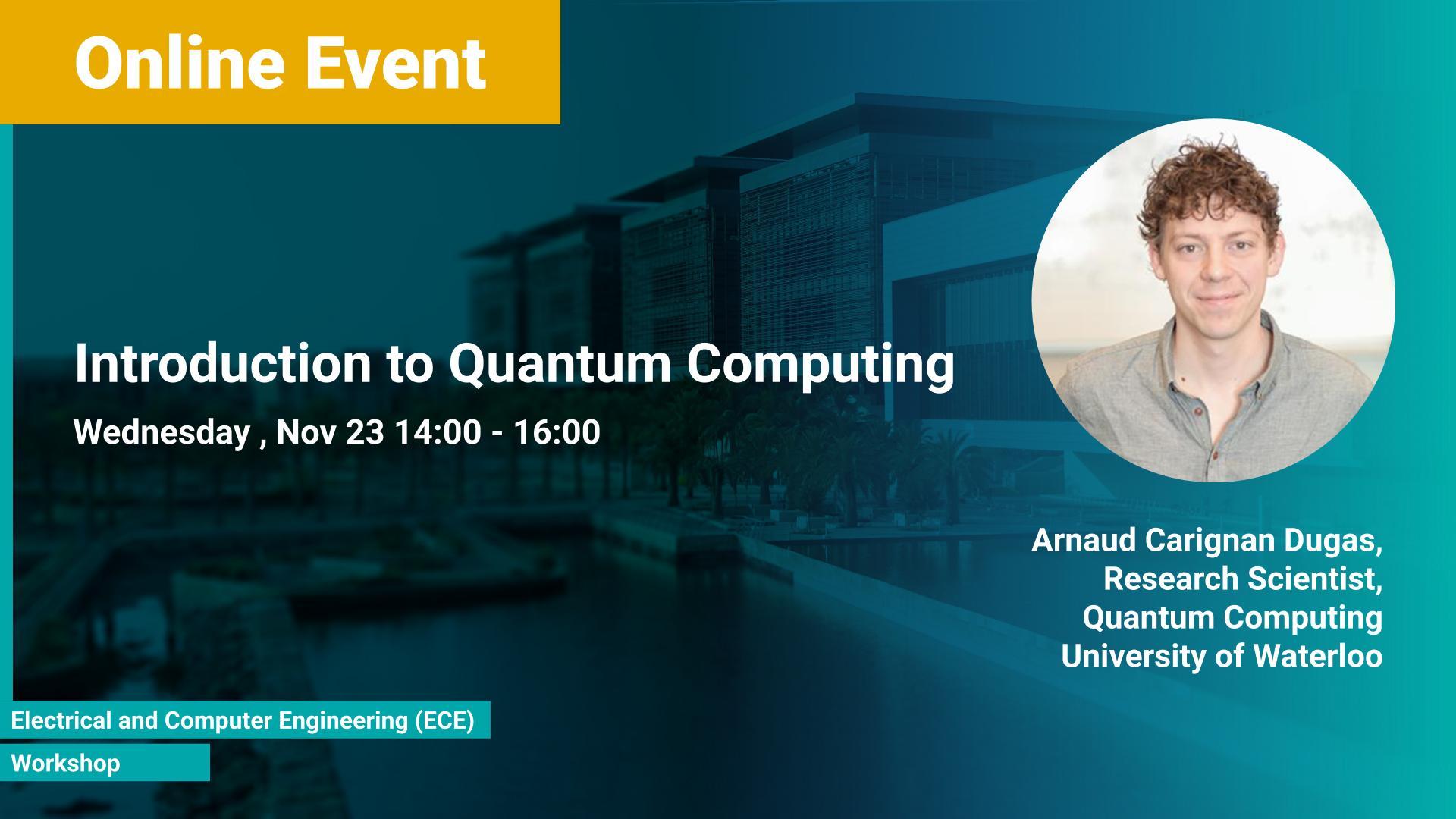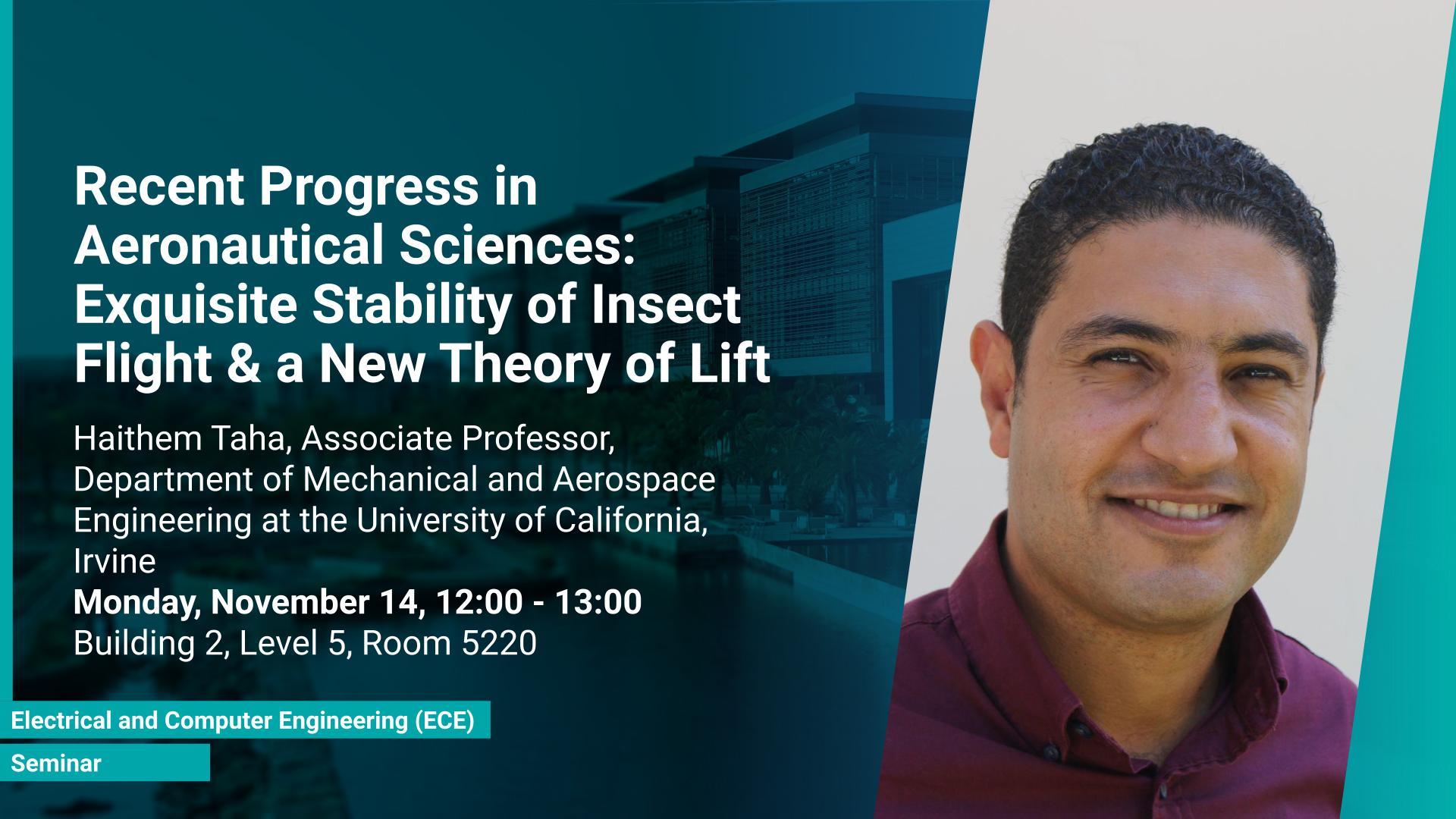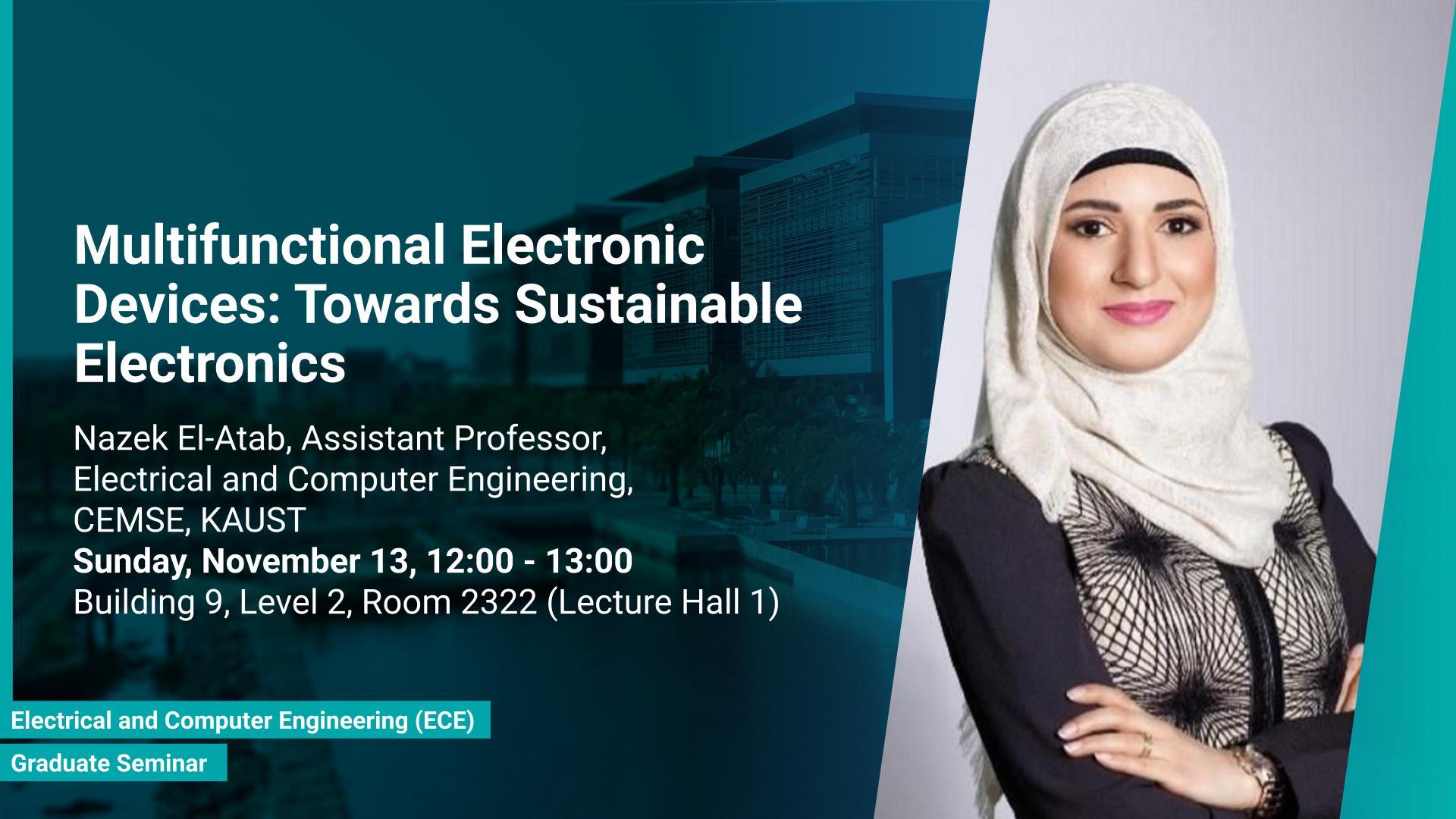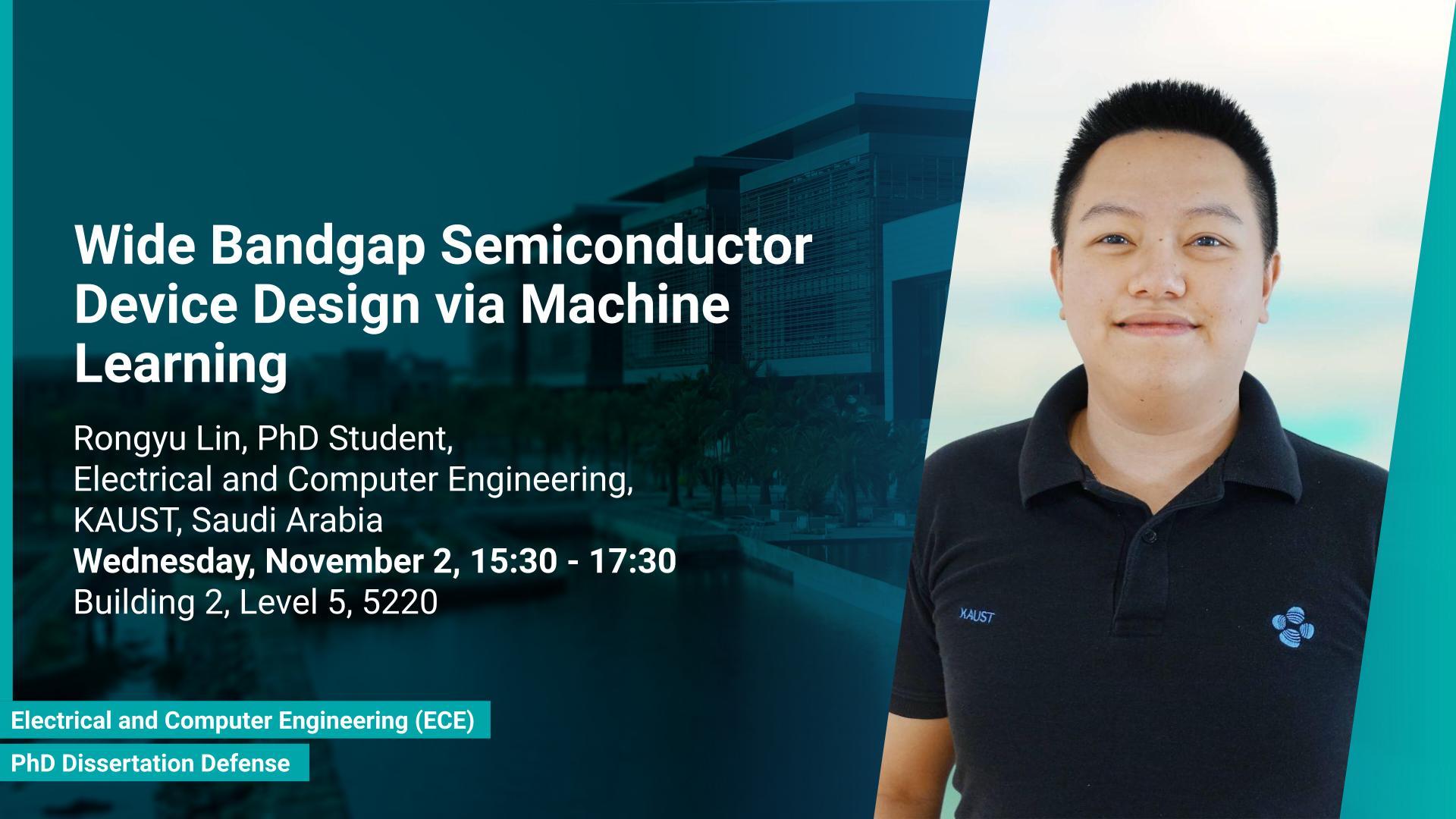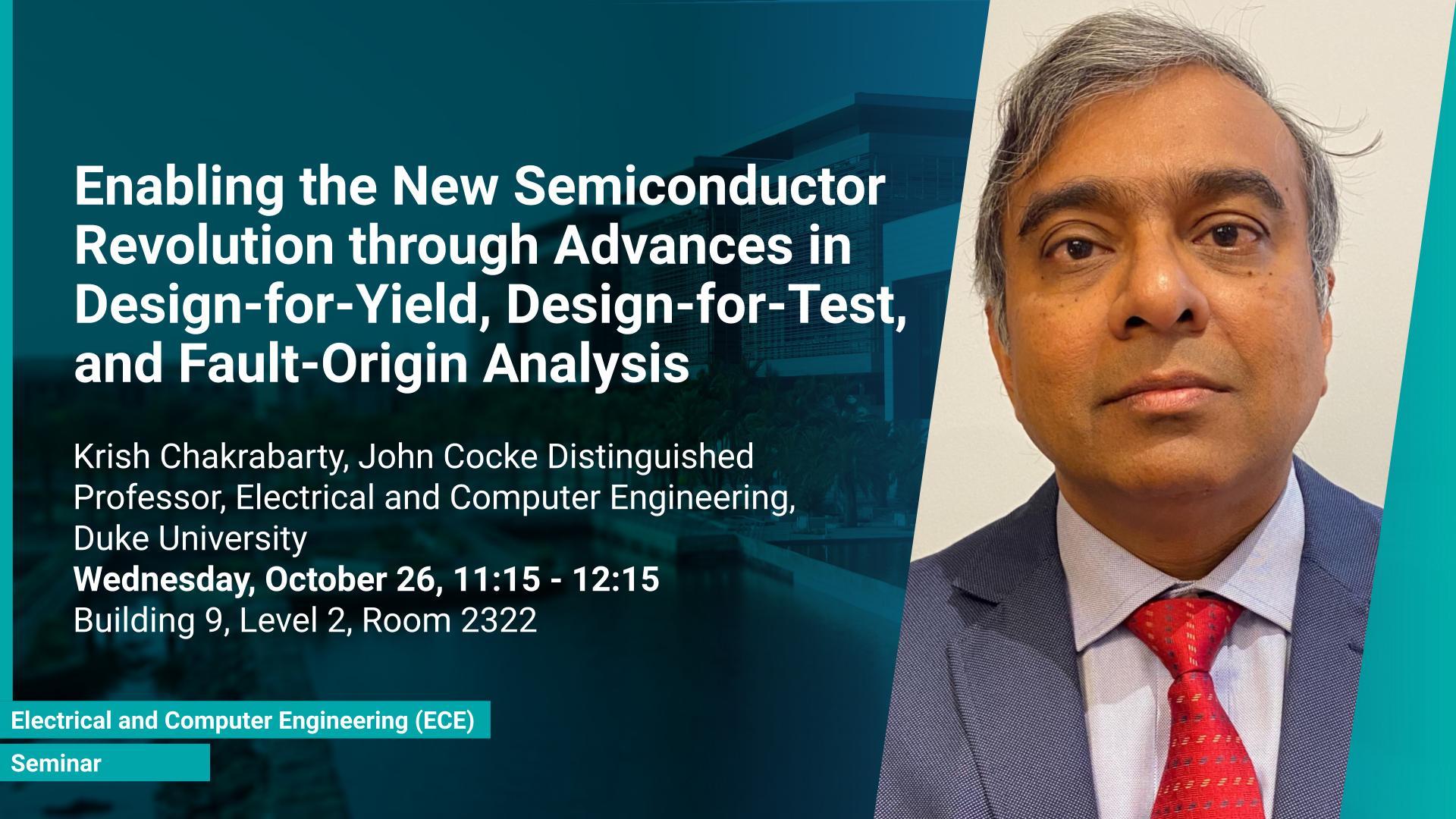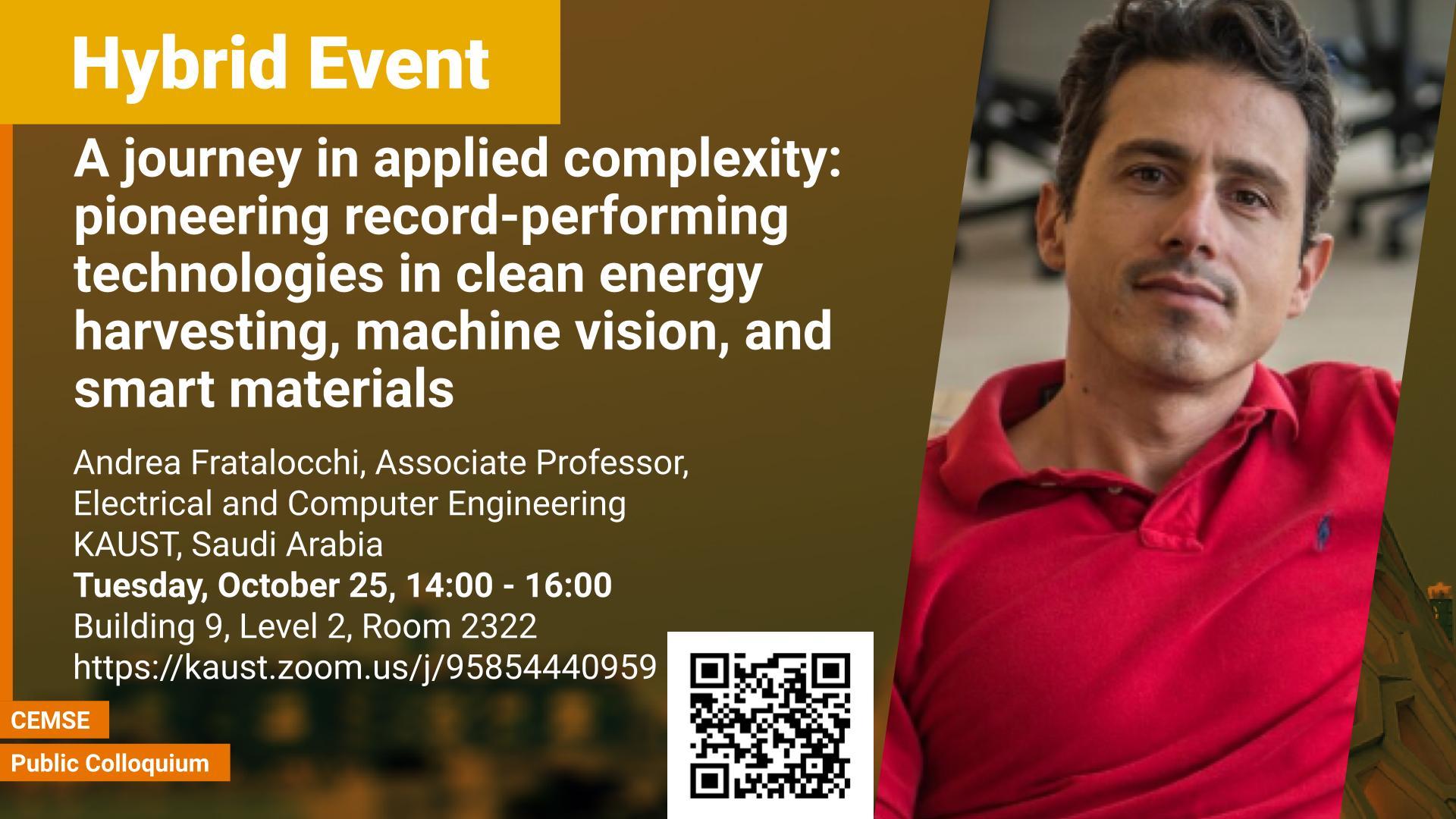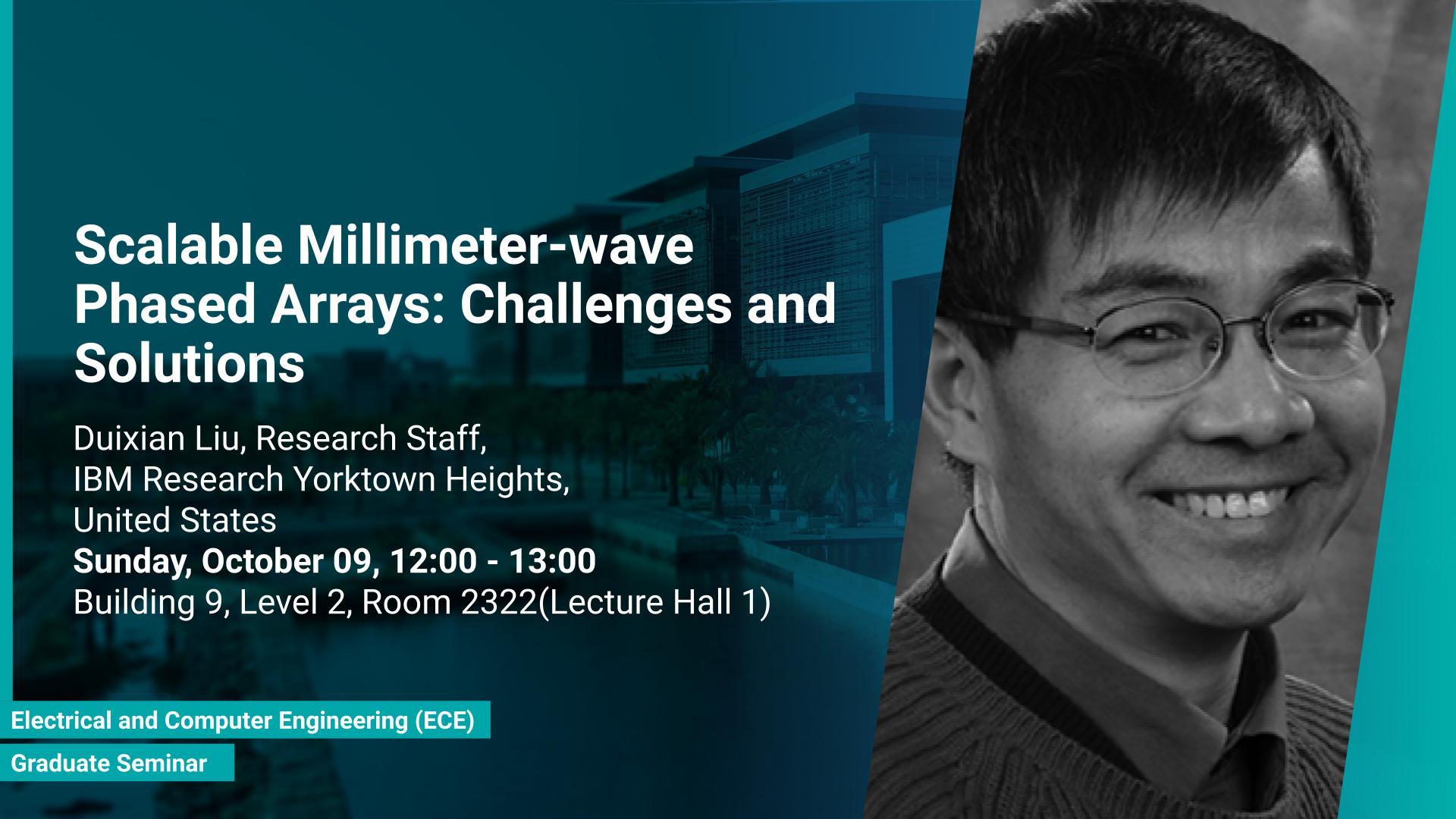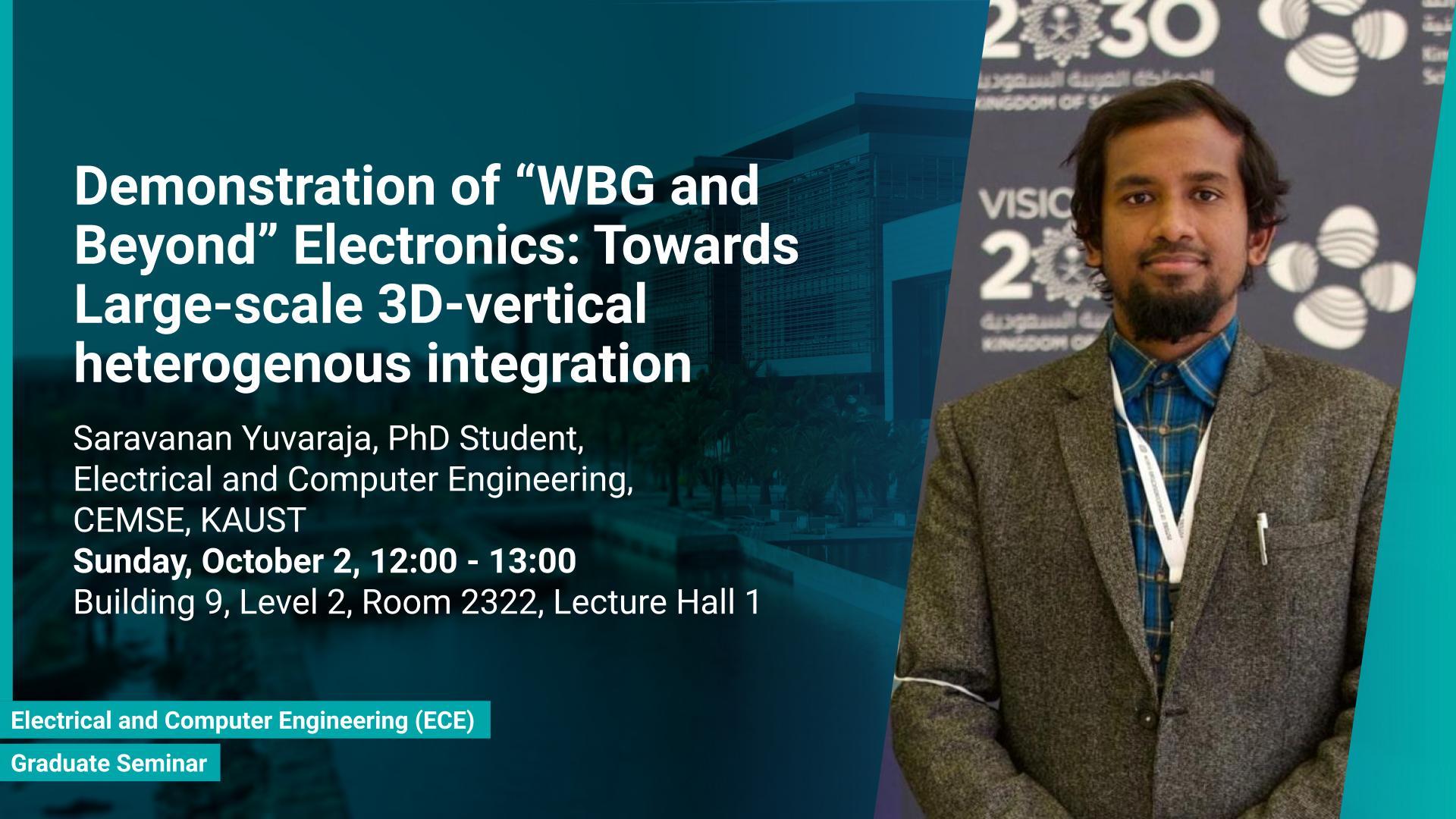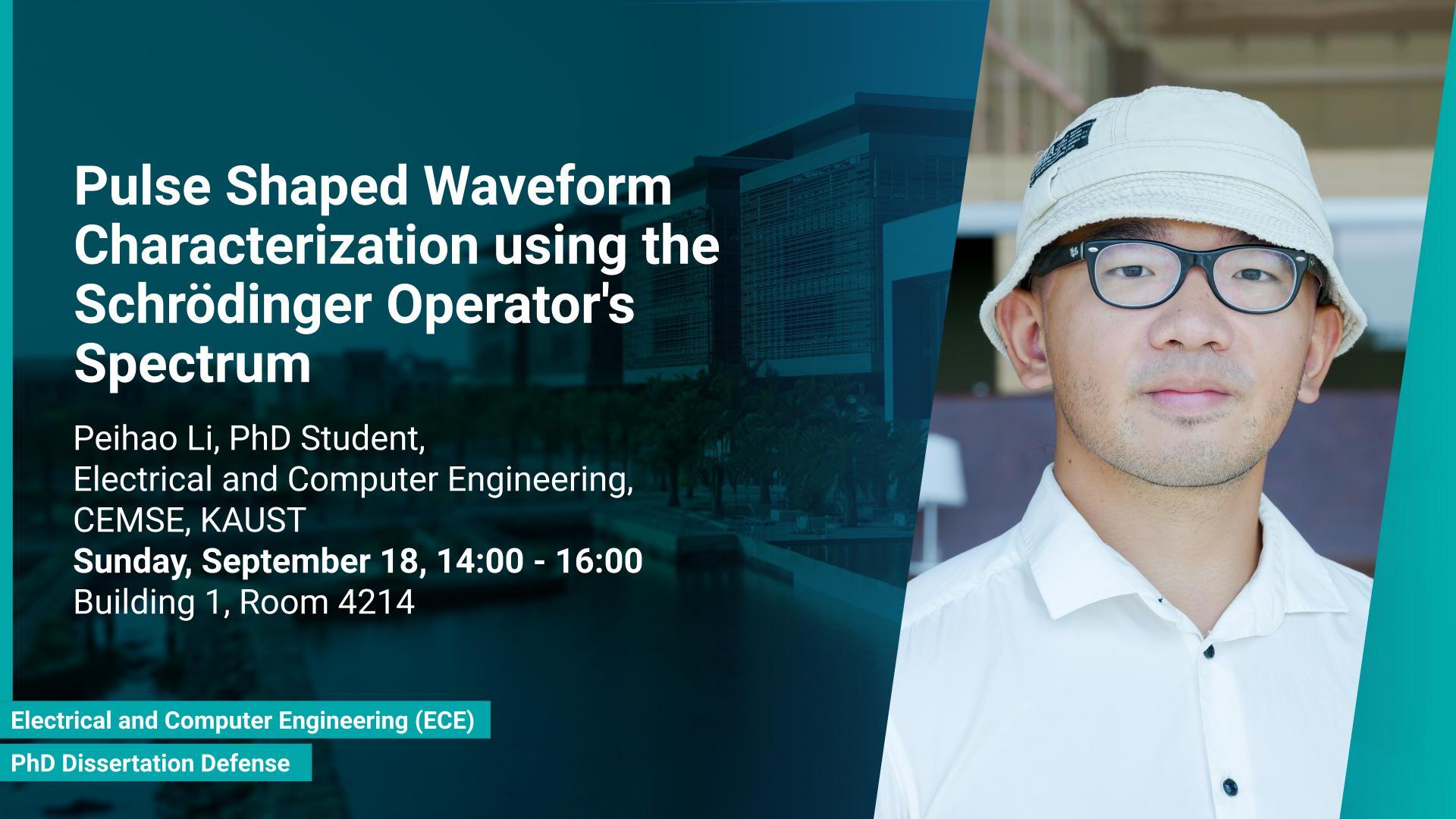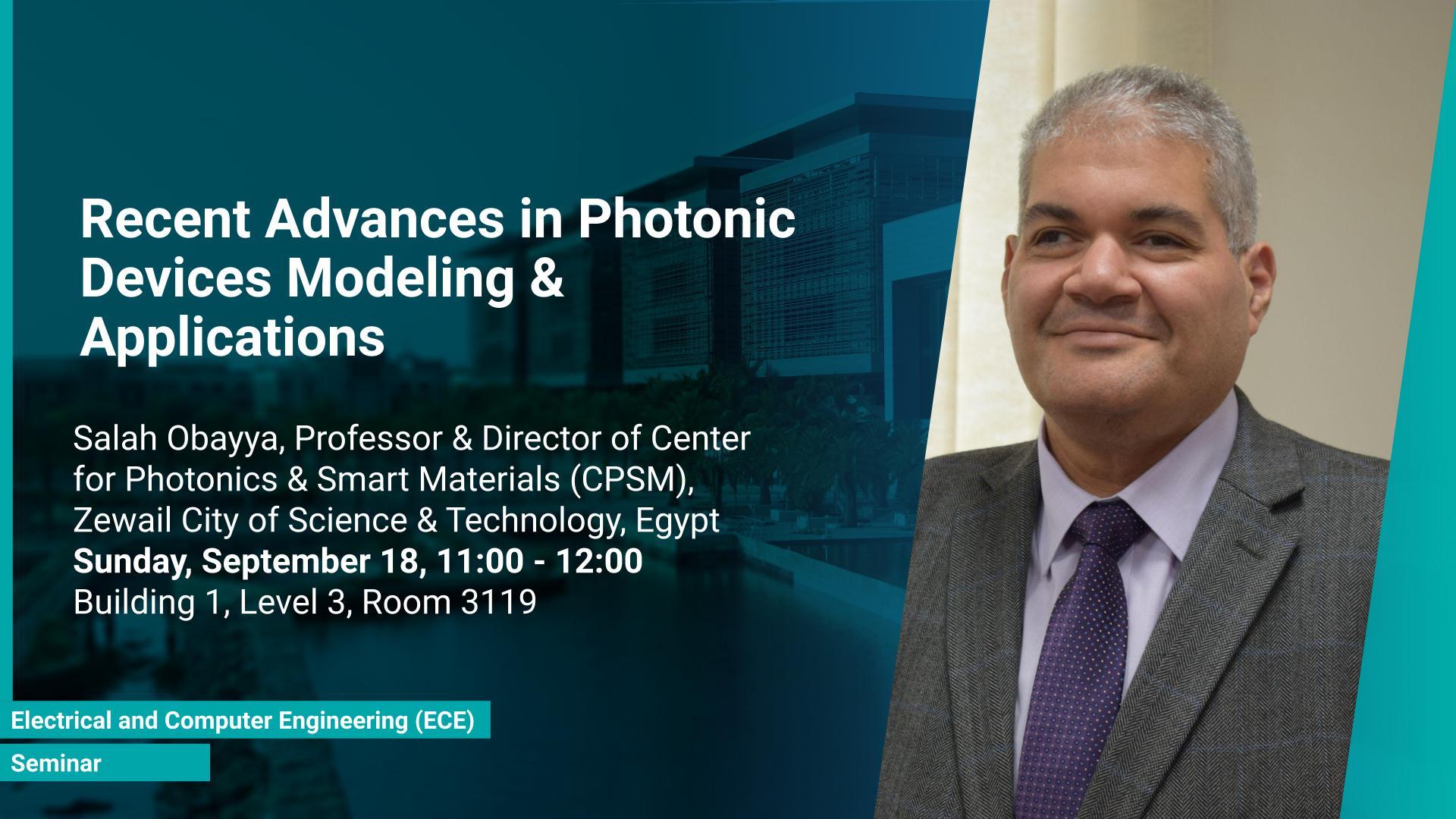Prof. Haithem Taha, Associate Professor, Department of Mechanical and Aerospace Engineering at the University of California, Irvine
Monday, November 14, 2022, 12:00
- 13:00
Building 2, Level 5, Room 5220
In this talk, I will present a special variational principle that we revived from the history of analytical mechanics: Hertz’ principle of least curvature. Using this principle, we developed a general (dynamical) closure condition that is, unlike the Kutta condition, derived from first principles. In contrast to the classical theory, the proposed variational theory is not confined to sharp-edged airfoils, i.e., it allows, for the first time, theoretical computation of lift over arbitrarily smooth shapes, thereby generalizing the century-old lift theory of Kutta and Zhukovsky. Moreover, the new variational condition reduces to the Kutta condition in the special case of a sharp-edged airfoil, which challenges the widely accepted concept regarding the viscous nature of the Kutta condition. We also generalized this variational principle to Navier-Stokes’, thereby discovering the fundamental quantity that Nature minimizes in every incompressible flow.

